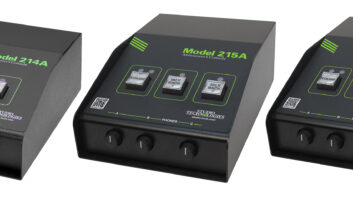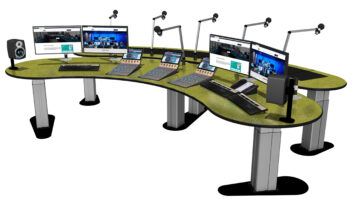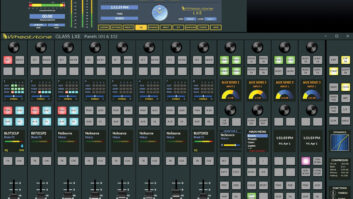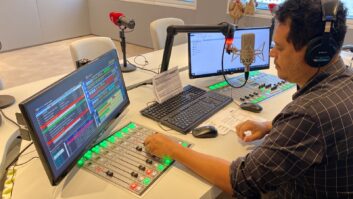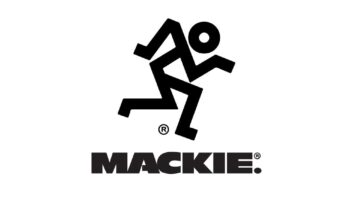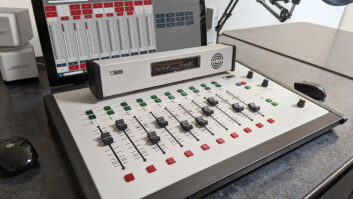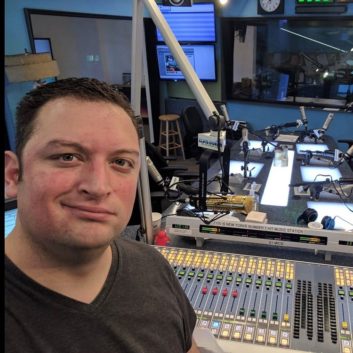 Daniel Hyatt is a principal director at DNAV Design and Integration Group and engineering consultant for SAS Audio.
Daniel Hyatt is a principal director at DNAV Design and Integration Group and engineering consultant for SAS Audio.
RW: What role does the console play today when planning a new radio broadcast studio?
Hyatt: The console is the heart of the studio. The ability of the console to tie into all audio and video streaming services is critical to both traditional radio and NTR. Beyond live content, consoles must have the ability to be multifunctional for production, podcast and even backup duties for sister stations.
Radio World: What’s the most notable trend in consoles that you’ve seen or anticipate?
Daniel Hyatt: Console trends are focused on multi-platform, audio and video user functionality, with the ability to deliver translatible functions between an ever-growing array of manufacturers in the broader A/V realm.
RW: What are potential buyers looking for that’s different from in the past?
Hyatt: The simple functionality of “on-off, cough, IFB and buss assignments” is always the basis for radio station operation. In 2020 and beyond, users want the ability to use the same or additional hard and soft surfaces to control video, vlog and podcasts.
Audio and video over IP are finally at the forefront of transport efficiency, yet users are frustrated with older-generation multicast and proprietary technology. Open standards are prevalent in the consumer and live performance audio-visual markets; however, only a handful of broadcast manufacturers conform to these standards.
Also high on the list for each customer are GUI-driven hardware with easy-to-customize attributes; long distance, low-latency connections between facilities across the country; and a truly customized design and construction experience for each customer.
RW: What’s an example of a particularly notable recent installation of your equipment?
Hyatt: Rutgers University WRSU is one of many recent SAS installations where we worked with the customer to customize everything from conceptualization to turn-key install. Our metal shop showcased Rutgers Scarlet color in a deep etch anodized tub for the dual iSL consoles. Fader modules were built to accommodate both audio and video needs. The TOC showcases our new CORE64 AoIP router, which is centrifuge for 300 flawless channels of Dante AoIP. Each studio offers a mixture of 96 analog and AES inputs and outputs with a combined 128 AoIP channels available locally across the three studios.
RW: Any best practices or common errors to mention for someone making a buying decision?
Hyatt: Budget, warranty, support, capabilities and quality are all critical when purchasing a console system. Not all systems are built the same. Designing a facility based on cost of equipment alone is never comparing apples to apples.
For example at SAS we think it’s important to provide complete quotes that include required switching and software. Often, key details forgotten and can mean the difference in tens of thousands of dollars in expense.
Also shop for warranties, which can range as low as one year and may include charges for support on an annual basis. SAS has a five-year warranty on equipment and 24/7 support for off-air emergencies, and a modest support agreement option for facilities that need an extra “remote engineer” available.
Hardware and build quality are paramount; facilities need to operate trouble-free for decades. We’re proud that SAS has routing systems in place that have been trouble-free and in continuous use since 1996; our customers are operating 10,000+ audio channels with AoIP and zero downtime.





